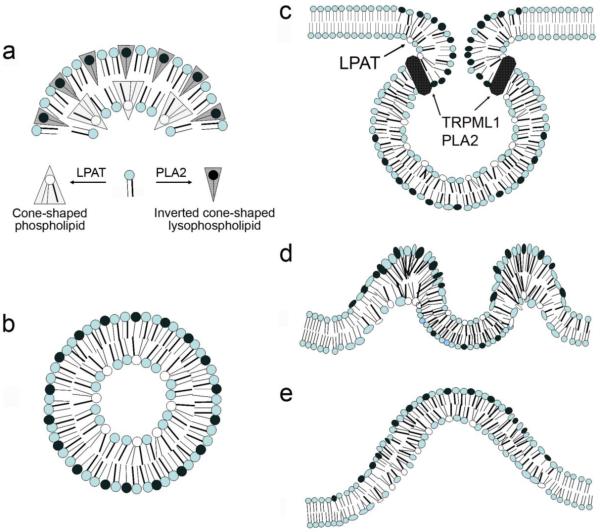Figure 6. Potential topological changes related to the roles of MLN1-associated PLA2 activity in membrane remodeling.
Panels (a-b), model depicting how introduction of conical shaped membrane phospholipids by PLA2s, or inverse conical shaped phospholipids by lysophosphatidic acid acyl transferase can lead to a biomechanical change in the shape of a lipid bilayer sheet (adapted from [44]). Panel (a), sagittal section of an outward membrane curvature, (b), cross-section of a tubular membrane process showing the role of membrane curvature in mediating the shape of a tubule. Panels (c-e), Proposed model for how the PLA2 could facilitate membrane remodeling during the extraversion of the lysosome and incorporation of its membrane into the TVS forming on the cell surface. (c) At the lumenal face of the neck of the fusion pore, (d) by introducing positive curvature into the LE/L derived membrane patch during exocytosis, to form an inside-out vesicle in the growing TVS (e).

